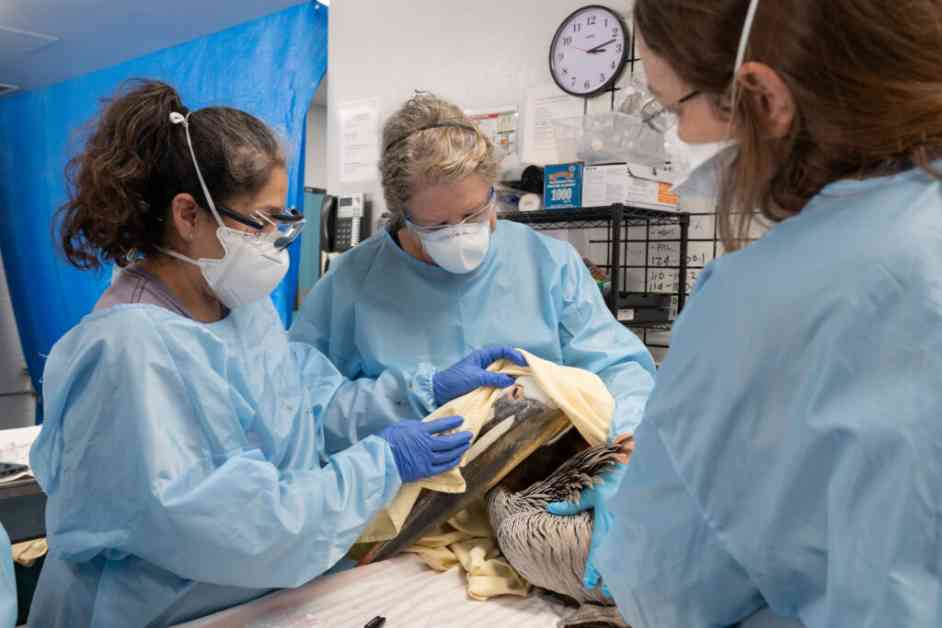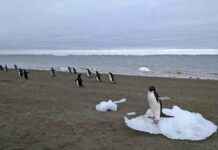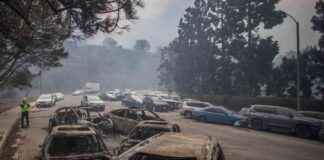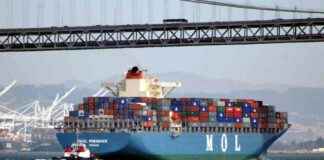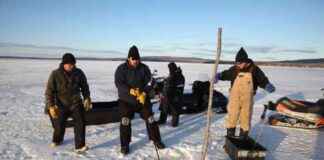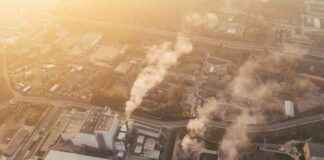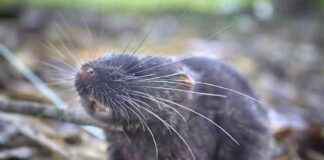So, like, there’s this Marine Mammal Care Center in Los Angeles, right? And inside, you’ve got over 80 sea lions and seals just chilling in these outdoor fenced-in pens or splashing around in small pools. Some of them are barking and moaning, while others are just staring off into space or pointing their whiskers up to the sky. The rescuers at this nonprofit call this behavior “Stargazing,” which is kinda weird, right?
Well, turns out, this stargazing is actually a sign of domoic acid poisoning, a toxin produced by an algae called Pseudo-nitzschia that messes with the nervous systems of marine animals. Recently, there’s been a spike in sea lions, dolphins, and seabirds getting sick or even dying after munching on sardines or anchovies chowing down on this toxic algae along the California coast. The poison builds up in these feeder fish, making things even worse.
Nonprofits authorized by the National Oceanic and Atmospheric Administration (NOAA) have confirmed two cases of whales kicking the bucket from domoic acid toxicosis. The Pacific Marine Mammal Center in Laguna Beach and the Ocean Animal Response and Research Alliance in Dana Point linked the algae to a humpback whale that washed ashore in Huntington Beach and a minke whale found dead on Long Beach. That’s pretty rough, man.
Dave Bader, the chief operations and education officer at the marine mammal center in LA, said it’s been a huge deal. They’ve been taking care of over 300 poisoned animals since February, which is way more than they usually see in a whole year. And guess what? They’ve already blown through their budget for hospital supplies and food. Yikes.
Experts and conservation groups are freaking out because this algal bloom doesn’t seem to be going away anytime soon. They’re worried about how it might mess up the human food chain. Kathi Lefebvre, a research biologist overseeing the Wildlife Algal-Toxin Research and Response Network for the U.S. West Coast, called these marine mammals sentinels. They’re like the canary in the coal mine, you know?
Domoic acid doesn’t just mess with marine animals. It can also cause amnesic shellfish poisoning in humans if we eat contaminated seafood. Luckily, most of the seafood we eat is regularly tested for toxins to prevent any mass human casualties. So, at least we’re safe on that front. Phew.
This isn’t the first time California has dealt with a harmful algal bloom. Warmer waters are making these blooms bigger and nastier, spreading to new areas and contaminating the food web for longer periods. It’s a real mess, man.
Usually, these algal blooms happen in spring and summer, but this year has been totally wack. The bloom started earlier and is lasting longer than usual. Justin Viezbicke, who handles marine mammal strandings for NOAA Fisheries in California, thinks this might end up being one of the biggest domoic acid events they’ve ever seen. That’s not good news.
Animal rescue and rehab groups are working overtime to help the sick marine life. It’s a tough job, with limited treatment options. Rebecca Duerr, a vet at the International Bird Rescue’s wildlife clinics, said they mainly use sedation and anti-seizure meds to help ease symptoms. It’s a struggle, man.
At the Marine Mammal Care Center, they’ve got 300 volunteers pitching in to help the sea lions and seals. Staff and volunteers from the Georgia Aquarium even came in to help feed the animals. It’s a team effort, but man, it’s exhausting.
It can take weeks to months for these animals to fully recover from the poisoning, if they even make it. Bader said they’re seeing worse outcomes than before, which is pretty heartbreaking. But hey, at least there are some sea lions showing signs of improvement with a feeding frenzy. That’s a glimmer of hope in this whole mess.

